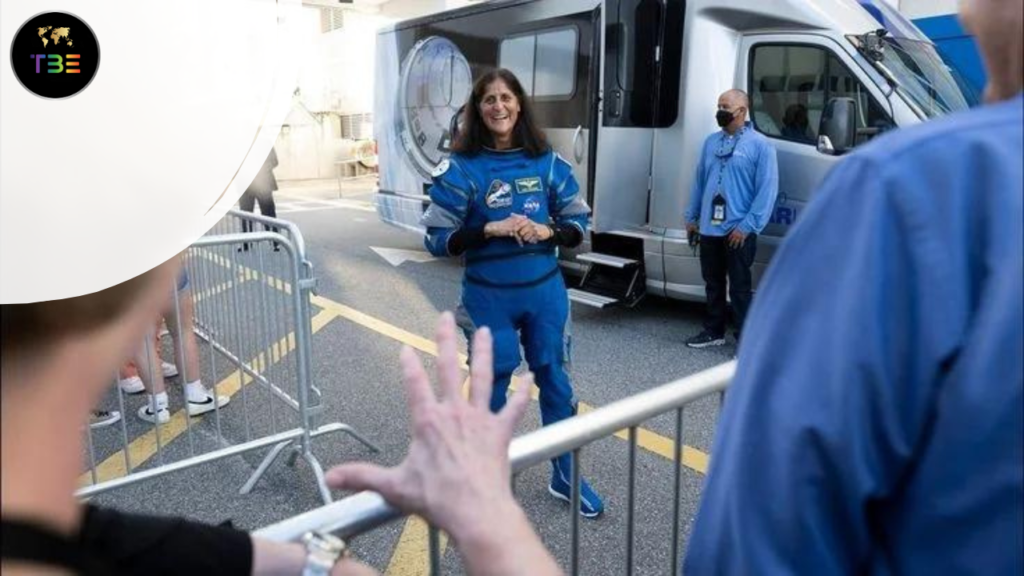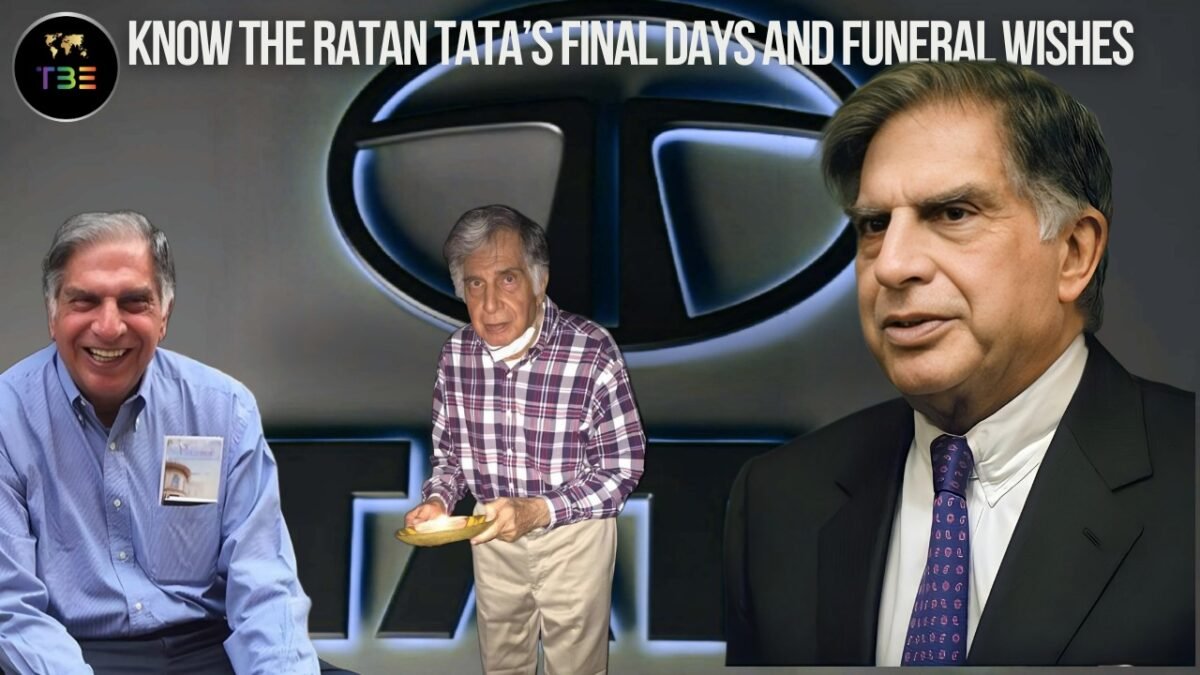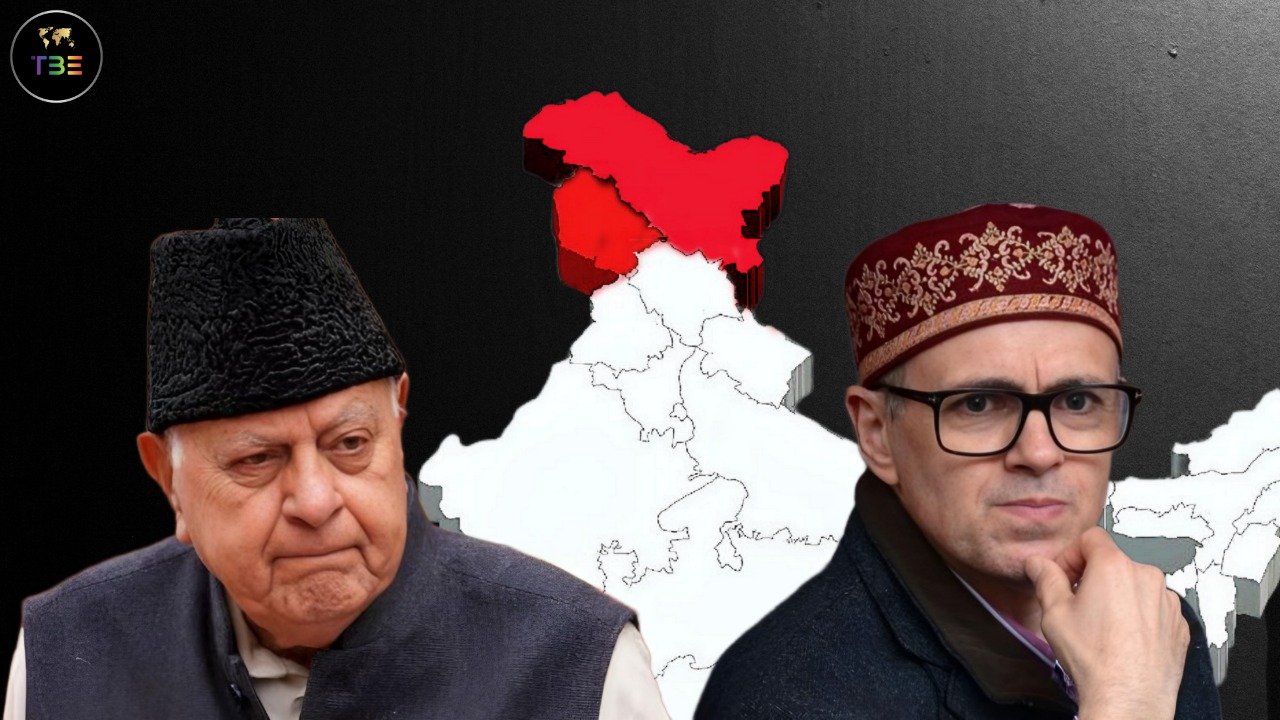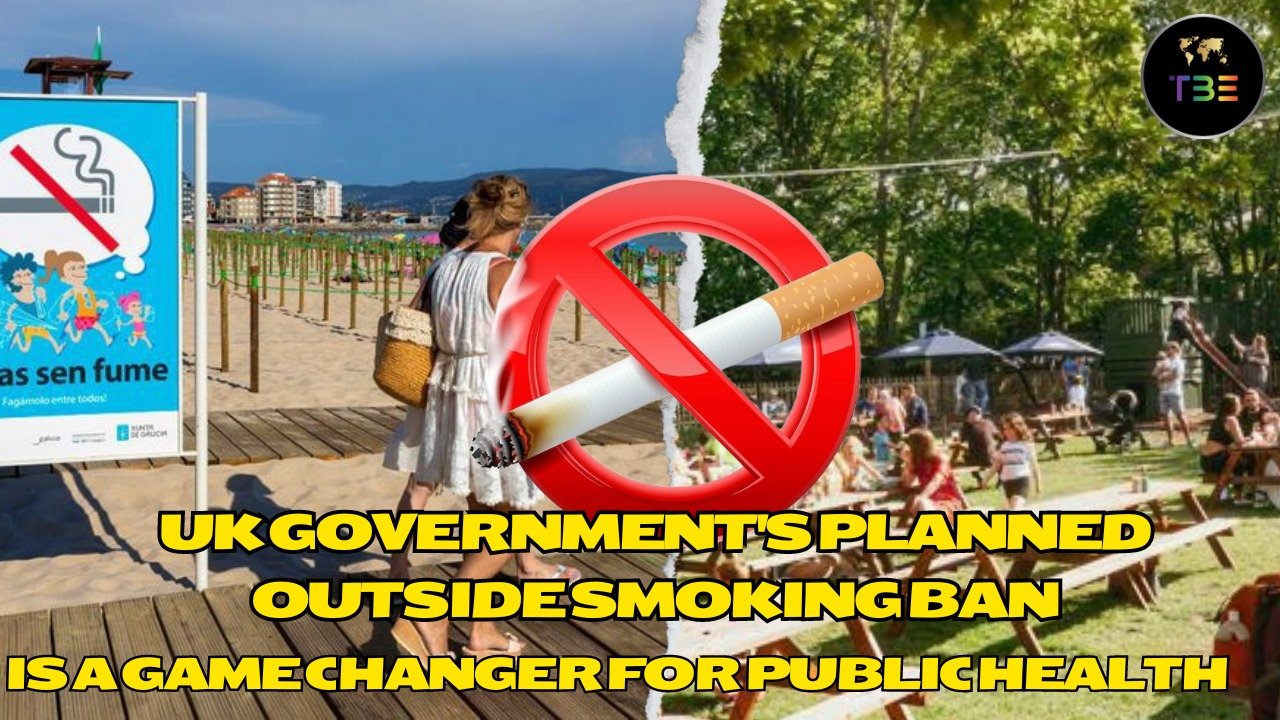
Boeing and NASA Focus on Astronaut Safety
Boeing and NASA are trying to collect as much system data as they can in order to get ready for this mission. Making sure Williams and Wilmore return to Earth safely is the primary goal. The technological difficulties and Boeing’s capacity to resolve them, however, are critical since they affect not just the Starliner program‘s future but also Boeing’s participation in space exploration.
Starliner’s Delayed Return to Earth
Boeing confirmed on June 21 that the Starliner spacecraft will now return in early July instead of late June as originally planned from the International Space Station (ISS). On June 6, the Boeing Starliner carried astronauts Sunita Williams, an Indian-American, and Barry “Butch” Wilmore to the International Space Station. After years of disappointments and expensive delays, a comprehensive testing program was implemented, but both Boeing and NASA cautioned that since this was a test flight, things might not go as planned.
Technical Issues: Helium Leaks and Thruster Failures
This concern turned out to be appropriate because the spacecraft is still docked at the station and the return journey has been postponed indefinitely due to a number of problems, including helium leaks and thruster failures at a crucial point in the flight. Uncertainty surrounds the return date of the two astronauts because NASA has not specified a precise time for the ship to return. Making sure Williams and Wilmore return to Earth safely is the primary goal. The technological setbacks and Boeing’s capacity to resolve them, however, are critical since they affect not just the Starliner program‘s future but also Boeing’s participation in space exploration.
Boeing’s Reputation at Stake
Boeing is facing pressure to demonstrate its ability to safely transport astronauts in space and resolve the technical issues affecting its spacecraft as well as commercial aircraft. To regain trust in its abilities, the company must demonstrate that it can meet these obstacles. Following the trip, a demanding certification process will be followed by NASA and Boeing before the Starliner is approved for routine crew missions, which would involve four astronauts spending six months on the space station. The Starliner will then be able to join the Dragon, produced by SpaceX, which began carrying astronauts for NASA in 2020. Boeing will be able to complete a $4.2-billion contract that NASA granted ten years ago thanks to this.
NASA’s Plans for Redundancy in Space Transportation
NASA is ready for Boeing’s Starliner to be added as a second American space station transportation choice. SpaceX is the sole supplier as of 2020, but NASA wants two systems to make sure there is a backup in case one fails. Boastronauts in 2019, resulting in additional costs for the firm of almost $1.5 billion. For Boeing to start making money from these missions, the Starliner must start making regular crew flights.
Further Delays and Investigations
NASA pushed back the Starliner‘s intended return date from June 18 to June 26. The space agency then postponed it once more until some point in July on Friday, June 21, citing the need for additional time for the crews to look into the propulsion system problems. According to NASA, there was no pressing need to return the astronauts home, and the helium leaks posed no threat to their safety.
Sufficient Backup Systems in Place
With 28 thrusters on board the spaceship, there is more than enough backup, and four of the five thrusters are currently operating without issue. For a maximum of 45 days, the spacecraft can stay docked in space, giving extra time to work out the problems. NASA and Boeing have emphasized that the Starliner is in excellent shape and has the potential to transport astronauts to back to Earth any time if there is an emergency on the space station.
Critical Issues to Be Addressed Before Certification
According to reports from the Washington Post, officials have stressed that fixing the thruster problems and helium leaks is crucial for the certification evaluation. The manager of NASA’s Commercial Crew Program, Steve Stich, stated publicly that they were taking their time to resolve the problems and following to standard mission management procedures. He continued by saying that the information on the little helium leaks and the thruster performance seen during approach and docking was being used to inform their decisions. Stich reassured that no more missions would be flown with these leaks, but the teams still needed to figure out why the thrusters were producing so little thrust.
Starliner’s Service Module Adds Complexity
The fact that the thruster and helium problems are in Starliner’s service module—which also houses the majority of the spacecraft’s engines—makes the matter more complicated. Just before the spaceship returns to Earth, this module is jettisoned and burns up in the atmosphere. Engineers are therefore keen to solve the issues while they still have access to the machinery.
Extensive Testing Underway
Boeing and NASA are trying to collect as much system data as they can in order to get ready for this mission. While the spacecraft is moored at the space station, Boeing has already tested the thrusters. Additionally, they are testing various situations on ground simulators in an effort to pinpoint the issues and guarantee the safety of the spacecraft.
Past Experiences in Space Shuttle Program
Former NASA space shuttle program director and flight director for forty shuttle missions Wayne Hale stated that a comprehensive and in-depth assessment was part of the certification process. He added that before NASA would allow Boeing to launch a full crew of astronauts, two specific issues needed to be resolved. Hale continued by saying that during the shuttle program, problems like rocket failures and helium leaks were typical and commonly observed. Stich claims that by comprehending these problems today, they will be able to draw crucial conclusions that will assist them improve the system in future missions following certification.
Columbia Disaster: A Reminder of Space Travel Risks
The tragic loss of the space shuttle Columbia in 2003—which broke apart while returning from orbit—serves as a continual reminder that safety comes first. According to Wayne Hale, the accident that killed astronaut Kalpana Chawla will live in infamy. According to reports, Williams and Wilmore are also want to remain in orbit, particularly since Wilmore last visited space in 2015 and Williams in 2012.
ALSO READ: Reasons for Spotting Pink Dolphins in the Louisiana River
















Leave a Reply